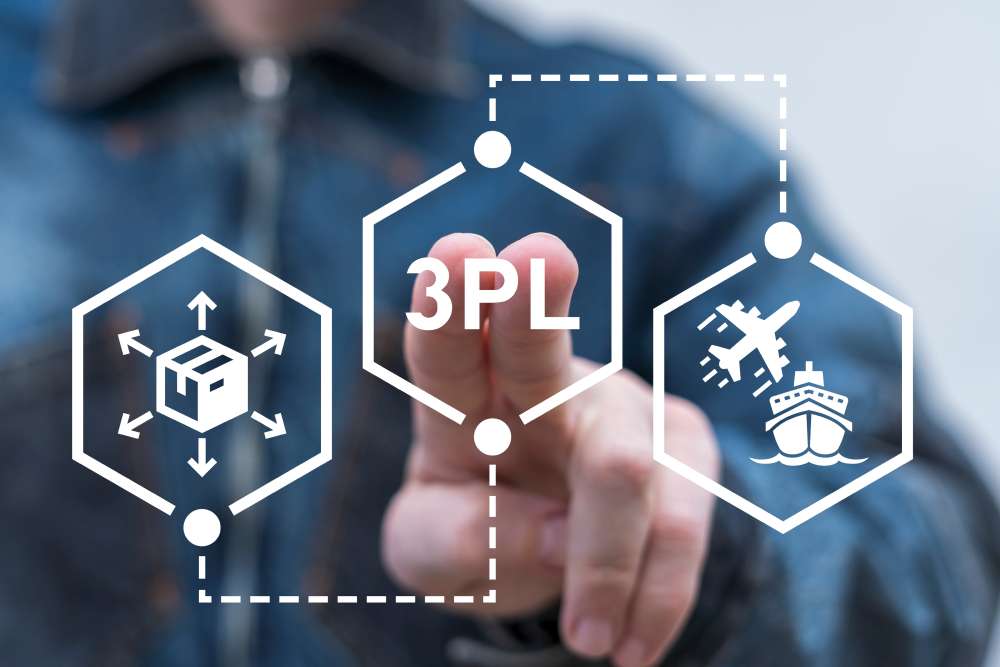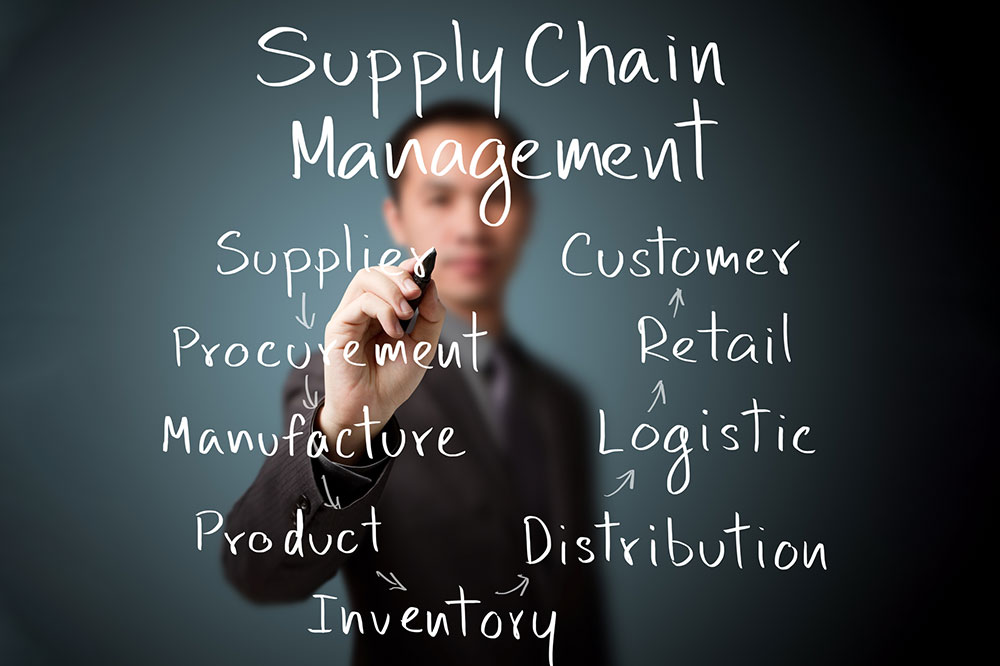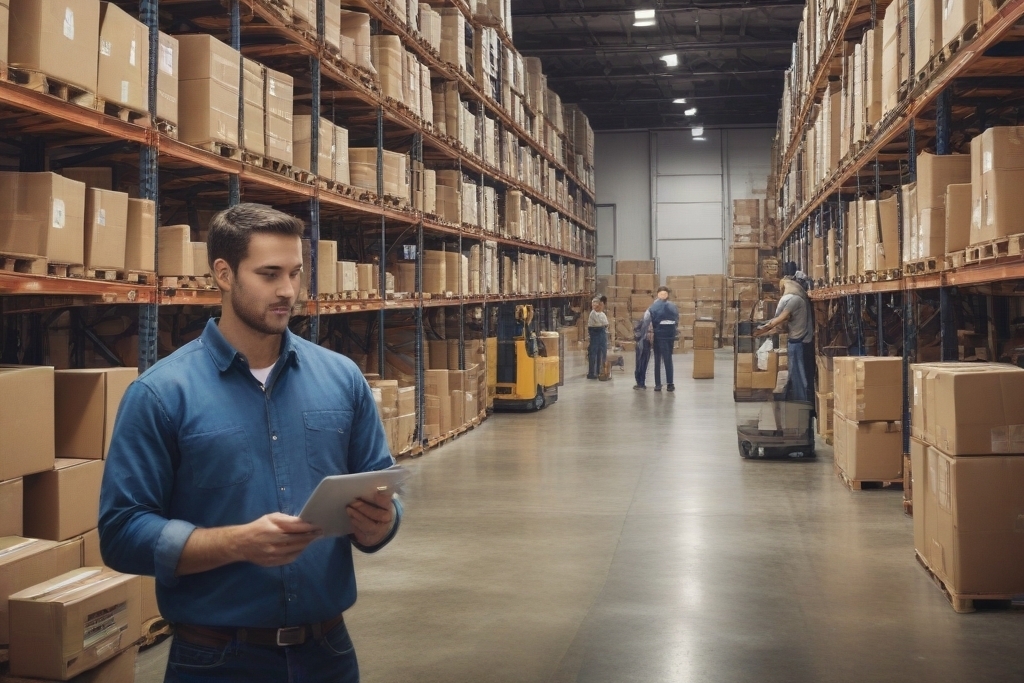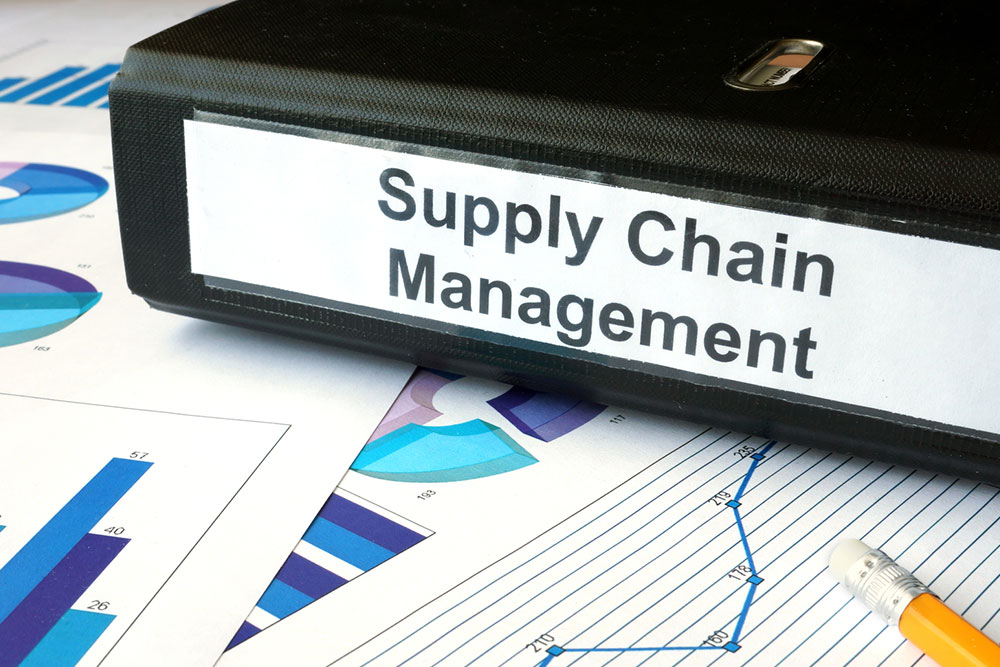Choosing the Right 3PL Partner: Advantages and Key Tips
Discover the advantages of partnering with a 3PL provider for your business. Learn how outsourcing logistics can reduce costs, improve delivery speed, and allow you to focus on growth. Get tips on selecting the best 3PL partner, ensuring efficient operations and customer satisfaction while saving resources and accessing advanced technology.
Sponsored

Businesses aiming to optimize their logistics—covering warehousing, order processing, inventory control, shipping, and returns—often turn to specialized third-party logistics (3PL) providers and e-commerce fulfillment centers. A 3PL strategically warehouses products across multiple locations, enabling faster, more cost-effective deliveries. Outsourcing logistics allows merchants of all sizes to concentrate on growth, as it handles the supply chain complexities.
Benefits of partnering with a 3PL
1. Lower capital expenditure
Unlike traditional retail, online sellers don’t need to invest heavily in physical infrastructure. They still require storage, packaging, and shipping solutions, which can be costly. Using a 3PL service eliminates upfront expenses like leasing or buying warehouses, hiring staff, and acquiring logistics tech.
Partnering with a 3PL means no large initial investments, yet still ensures efficient storage, packing, and dispatching. This flexibility makes it easier for small and growing businesses to scale without breaking the bank.
2. Focus on core business
Managing a warehouse requires significant effort — hiring staff, fulfilling orders, maintaining safety standards, upgrading technology, and managing leases. Outsourcing these tasks to a 3PL lets owners devote more time to strategic activities like marketing and product development, especially beneficial for startups and small firms in expansion phases.
3. Convert fixed costs into variable costs
In-house logistics entails ongoing fixed costs such as rent, salaries, and maintenance. During slow seasons, these expenses remain, straining finances. A 3PL model charges based on order volume, offering financial flexibility and aligning expenses with demand, which is crucial during fluctuating sales cycles.
4. Rapid and reliable delivery networks
Top-tier 3PL providers operate extensive networks of warehouses and fulfillment centers nationwide and internationally. This ensures orders—regardless of location—can be shipped quickly, sometimes within one or two days. Such networks help businesses reach global markets efficiently.
5. Access to cutting-edge logistics technology
Fast delivery and customer satisfaction rely on advanced tools like robotic systems, RFID tracking, and sophisticated order management software. Small companies often find it expensive to adopt these innovations alone. Partnering with a 3PL grants access to these technologies, enhancing efficiency without direct investment.
6. Cost efficiency and savings
Beyond avoiding warehouse and tech investments, 3PL providers negotiate bulk shipping discounts due to handling multiple clients’ shipments. This scale allows for better carrier deals, reducing shipping costs significantly.
Tips for Selecting a 3PL Partner
Evaluate their capabilities and facilities
Review the provider’s infrastructure, focusing on the number and location of warehouses to match your current and future shipping needs. For small businesses, proximity to primary markets simplifies logistics and inventory management. Also, assess their technology stack for order processing efficiency and accuracy.
Verify reputation and experience
Choose a reputable 3PL with positive reviews and proven industry experience to ensure reliable service, timely deliveries, and smooth returns. Leading providers like FedEx, DHL, and C.H. Robinson are trusted options for e-commerce companies seeking dependable fulfillment solutions.





